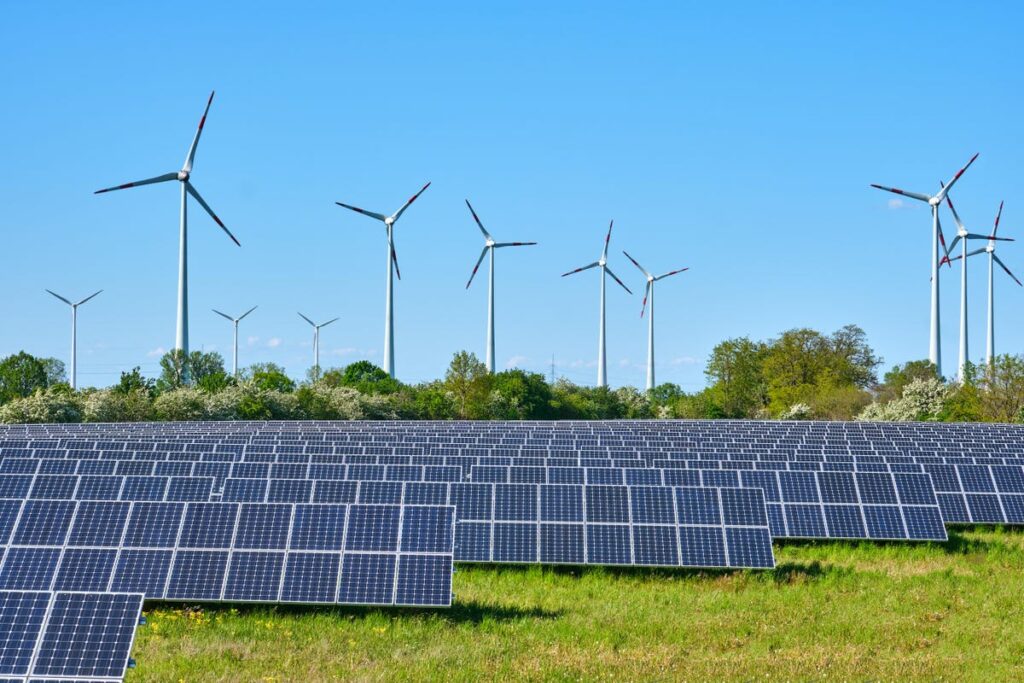Among the genuine environmental problems getting shoved aside as the money, and attention, increasingly focus on climate change, a major one is the fishing out of the world’s oceans. And, we might add, it’s a natural consequence not of capitalism but of its absence, the lack of defined property rights that lets pirates roam (for instance China’s vast and destructive fleet). It’s also odd that for decades environmentalists and other progressives had a major hate on for “fish farming” that nevertheless has actually accounted for more than half the fish consumed globally for nearly a decade. And to be fair we ourselves are uneasy about mass monocultural agriculture including in the cattle industry. But now the New York Times, in yet another fit of Machbarkeit, decides that the right, climate-friendly way to raise fish is… on land.
We were also surprised to learn that salmon is a distant second in American seafood consumption to shrimp, but never mind. The point is that in the world of climate change, everything is bad or nearly so. Thus the Times laments that of the more than three pounds of salmon Americans eat annually per capita (and BTW the figure for beef is 58.9 pounds so Americans aren’t exactly zealous seafood enthusiasts):
“About 10 to 20 percent of this is wild Pacific salmon, most of which comes from well-managed fisheries in Alaska. But the rest is farmed fish raised in open net-pens in the ocean, a much-criticized system made even more problematic by rising water temperatures and other climate challenges.”
Since fish farming has outstripped trawling as a source of seafood it’s not entirely clear that rising water temperatures and “other climate challenges” such as, who knows, floods, are really hammering the industry. Nor is it obvious that if farmed fish are so unhealthy, “The system is also susceptible to large-scale escapes, she said, which can wreak havoc on the fragile population of wild fish.” You’d rather expect the healthy natural fish to mock their withered, flea-infested, off-kilter moribund city cousins. But again, never mind. What the Times really frets about is, you guessed it, the massive carbon footprint of fish farming, as with everything else alarmists dislike which is nearly everything normal people do.
Where does it come from? Ah. Glad you asked. See:
“Another major concern is the industry’s carbon footprint. Because it’s most valuable when sold fresh, most of America’s farmed salmon, imported from Chile and Norway, is flown in. Only 2 percent is farmed domestically. (Wild Pacific salmon, which is flash-frozen and shipped by boat, has a much lower environmental cost.)”
So the big issue isn’t fish farming. It’s fish flying. Which just like the problem of climate alarmists flying about to conferences in order to gabble aimlessly instead of using videoconferencing technology is not exactly unavoidable but is certainly odd.
Now for the totally unsurprising kicker with regard to this new, odd, planet-saving technology: “these farms face steep challenges to making a profit.” Oh well. They could always add a few windmills or something. Though apparently someone in Israel has a process for custom-printing fish and other steaks where you select the fat content and stuff instead of letting dopey old nature design your meat. Sure beats that nasty business of getting your beef from a cow and your fish from the sea.



And what about the real pollution problem that the alarmist gang is so silent about,that it is deafening!The hundreds of communities in Canada alone that discharge raw sewage into waterways.Crickets there.At least where I live we do have a water treatment plant,many places don't.Our director of environmental services for our city called carbon dioxide a pollutant.Guess we should all stop exhaling then?
Once upon a time we humans were hunter/gatherers - we lived by hunting wild animals and gathering wild plants. Then we found a much more efficient way of doing things called farming - we grew the animals and plants under controlled conditions in fixed places called farms. And so it has remained ever since, except of course for the fishing industry in which we are still for the most part hunter/gatherers. One has to wonder why the greenies and their camp followers are so opposed to fish farming. Could it be that they secretly yearn for the good old days when we were all hunter/gatherers? When the world population was a few million at most and life expectancy was about 25? Feel free to adopt such a lifestyle, provided you don't expect me to do the same.
And farming fish on land will solve the pollution problem how? Maybe a big dome to capture the fish farts, liquify it and sell it for the BBQ. Oh, gas is a no-no isn't it? Must phase it out and replace with all electrics powered by giant fans made from coal produced steel and gas produced concrete and (not) sustainable old growth forest Balsa along with unrecyclable, limited lifespan panels, that'll work.
@ Roger - Life expectancy is a difficult number to compare historically. The low numbers in history are primarily due to high infant mortality rate. When used in modern parlance is “life expectancy at birth.” Many cultures didn’t name children until they reached somewhere between 2-5. It was common even 50 years ago in the US South to only give children initials at birth, letting them pick their name afterwards.
A munch more reliable comparison is “life expectancy at age 5” or some other significant age. “Life expectancy at age 65” shows differences in some countries that are different than “at birth” figures.
Mark, the life expectancy for mothers at birth was also quite low in hunter-gatherer times…